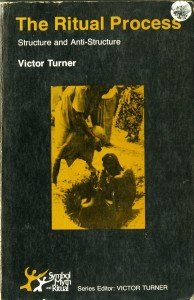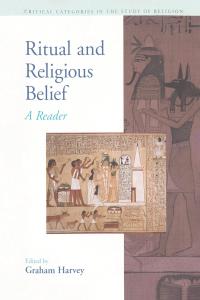Uncovering the Richness of Ritual:
A Critical Review of Catherine Bell's Ritual: Perspectives and Dimensions
As a professional in the field of religious studies, I constantly strive to expand my knowledge and understanding of various rituals and their cultural significance. The book Ritual: Perspectives and Dimensions is a captivating and enlightening read.
The first thing that struck me about this book was its comprehensive approach to the study of rituals. Bell delves into the multidimensional aspects of rituals, exploring their cultural, social, and psychological dimensions. She also delves into the various theories and perspectives on rituals, providing readers with a well-rounded understanding of the subject.
One of the standout features of this book is the inclusion of case studies from different cultures and religions. Bell takes the readers through various rituals, from ancient Greek ceremonies to modern-day wedding rites, offering a diverse and global perspective on rituals. These case studies make for a fascinating read and bring to light the similarities and differences among different rituals and their underlying meanings.
Furthermore, Bell's writing style is engaging and accessible, making the book suitable for academic and non-academic readers. She presents complex ideas and theories clearly and concisely, making it easy for readers to grasp and apply them. Additionally, the book is well-organized, with each chapter building upon the previous one, providing a logical flow to the reader's understanding.
One of the most intriguing aspects of this book is Bell's exploration of the performative aspect of rituals. She argues that rituals are not just a set of actions but also a form of communication, a way for individuals to construct and express their identities. This perspective challenged my own understanding of rituals and added a new layer of complexity to my thinking.
Moreover, Bell's examination of the relationship between rituals and power dynamics is thought-provoking. She highlights how rituals can be used to reinforce or challenge existing power structures, shedding light on the political and social implications of rituals.
In conclusion, Ritual: Perspectives and Dimensions is an essential read for anyone interested in the study of rituals. Bell's comprehensive approach, use of case studies, and engaging writing style make this book a valuable resource for students, scholars, and anyone looking to expand their understanding of rituals. I highly recommend this book to anyone who wants to gain a deeper insight into rituals' cultural significance and multifaceted nature.






